At DOCOD Group, we believe in more than just innovating coding solutions—we’re committed to nurturing brighter futures for communities worldwide. This Children’s Day, we took action in Chenxi County, Hunan, China, partnering with local government and charity groups to launch our “Dream Building for Children, Love on Children’s Day” initiative (May 29–30, 2025). Here’s how we turned compassion into impact:
Inkjet printers are the most common type of printers used today. Two main methods can be distinguished: drop-on-demand and continuous inkjet technologies . Dod printers work by expelling tiny ink droplets, one drop at a time, with each drop precisely placed onto the substrate. Continuous inkjet printers expel ink from the print nozzles in a continuous, steady flow. Typical substrates suited to inkjet printing include paper, films, metal, plastics, and many other materials. A closer look at CIJ printing An industrial Continuous Inkjet ( CIJ ) printer is used for coding and marking products and packaging during production and packaging processes. Mainly variable data is printed; typical applications include expiry dates, batch and production information, serial numbers, and promotional codes. CIJ printing is a non-contact, versatile solution for these use cases, providing high-quality, reliable coding on fast-paced production lines. By reliably coding each product they can help to ensure...


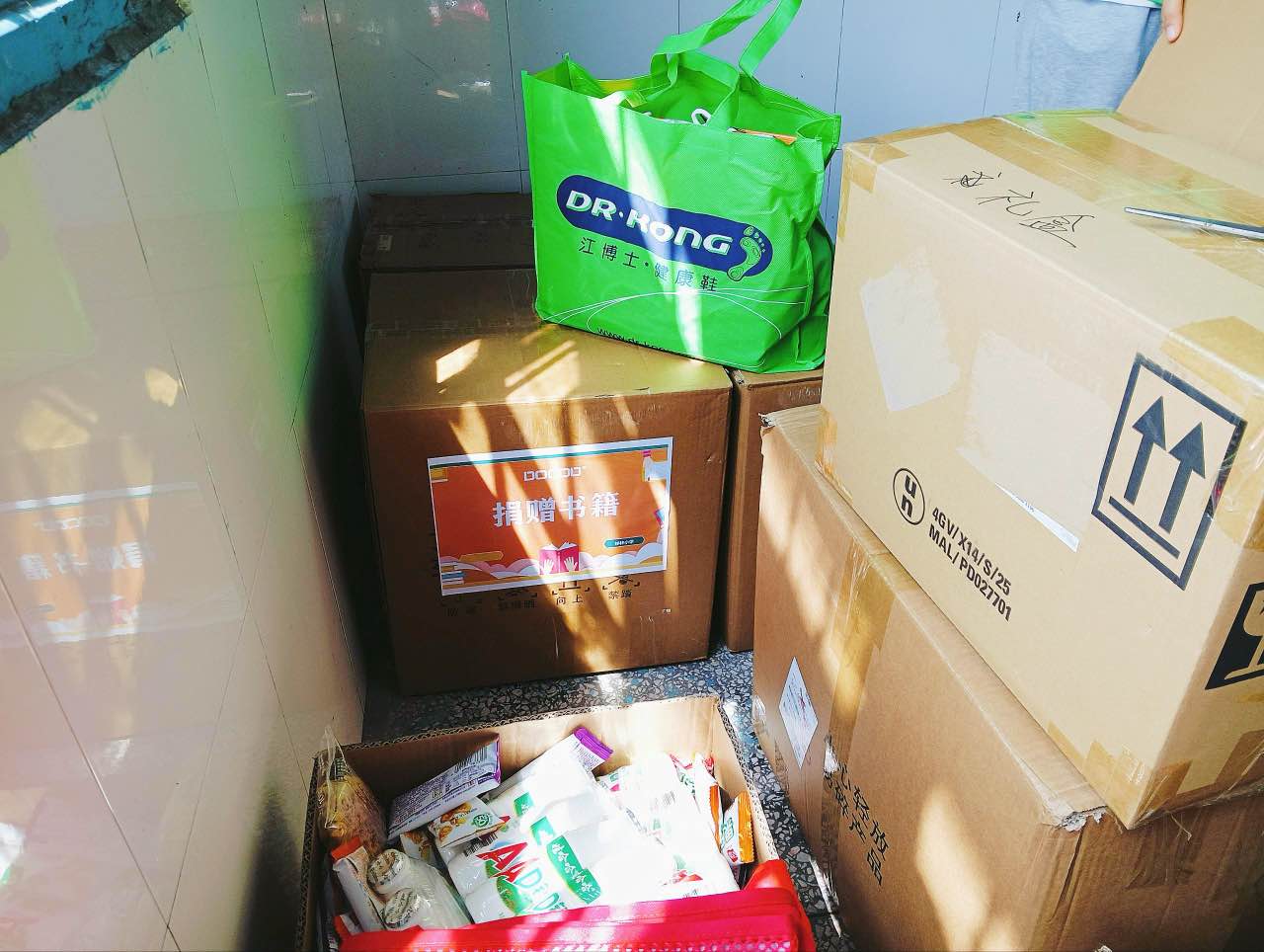
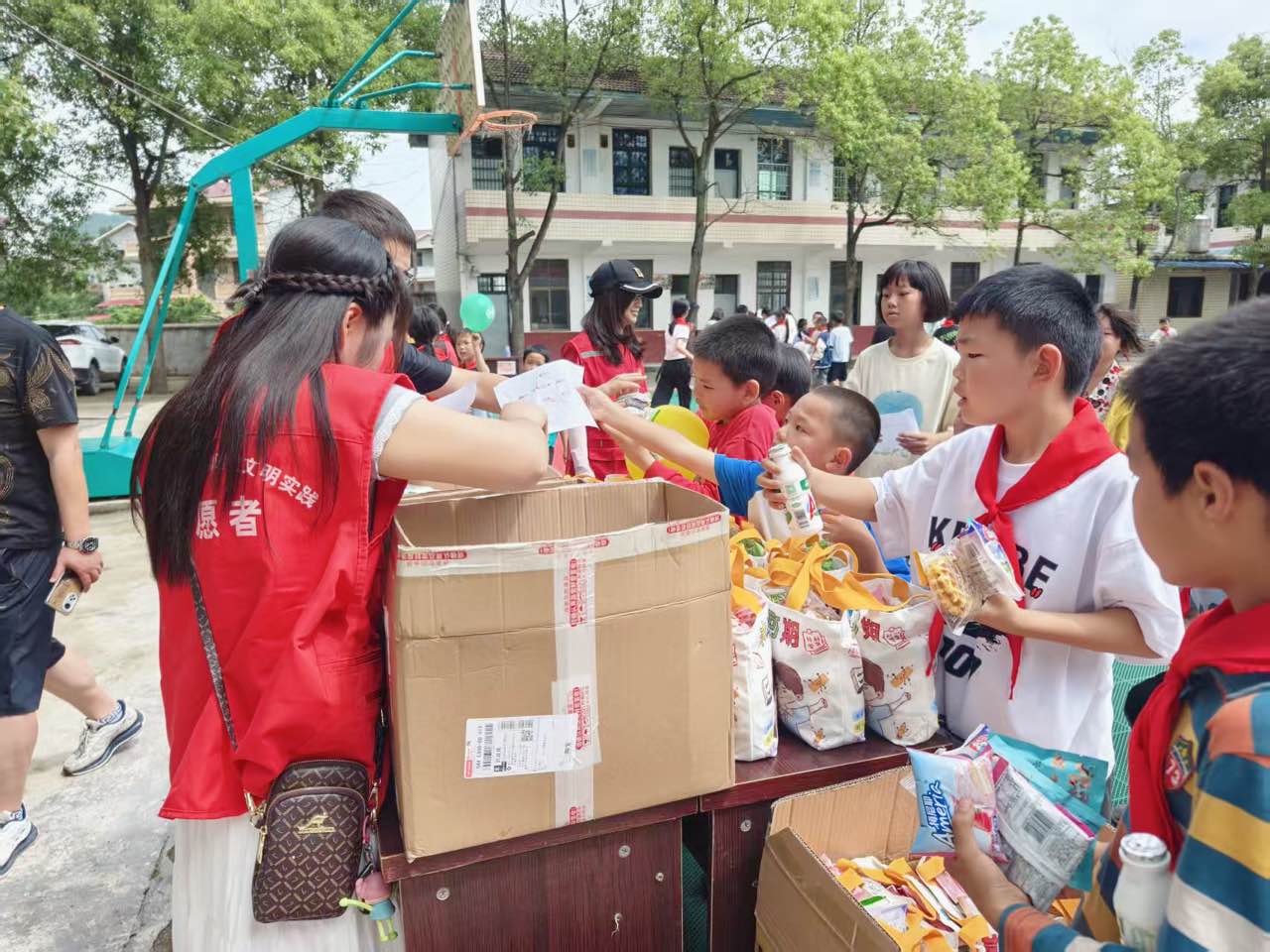
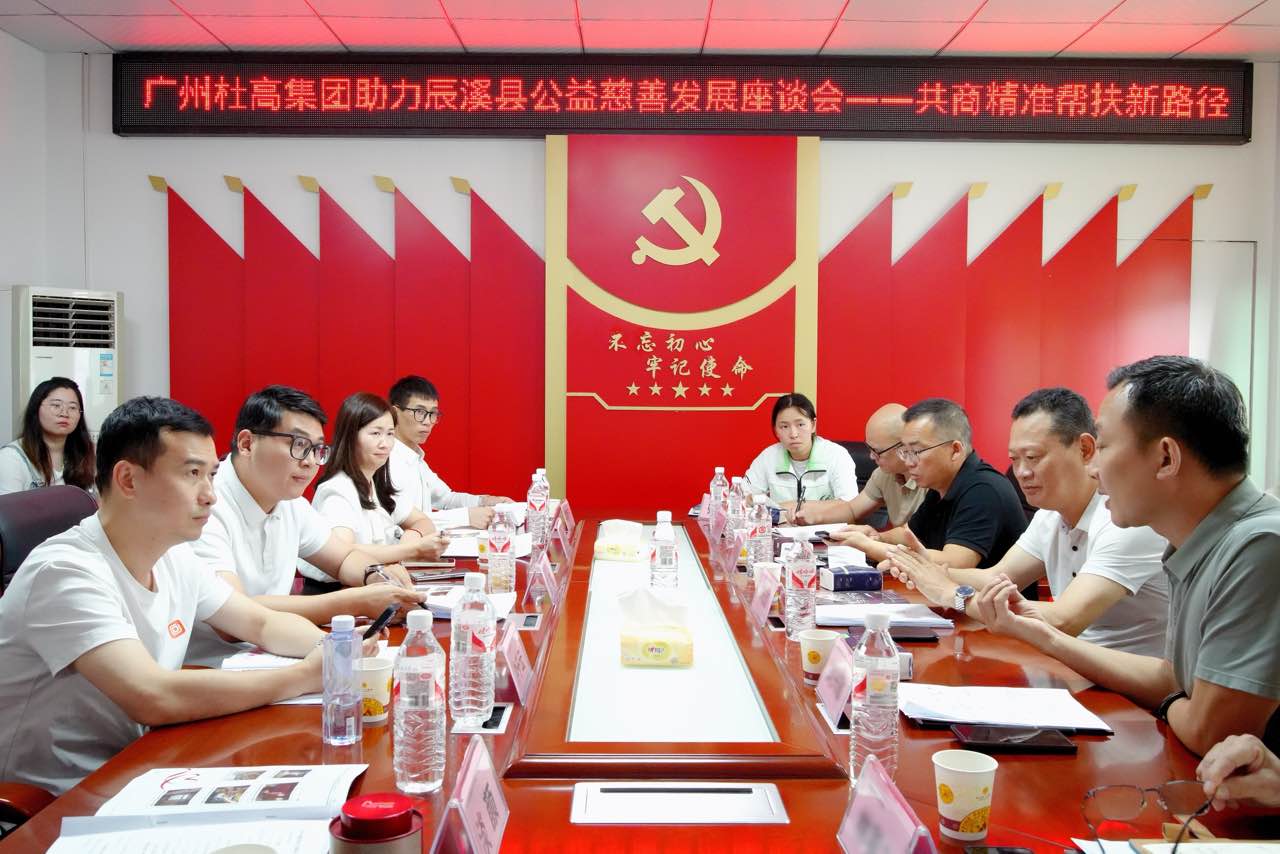
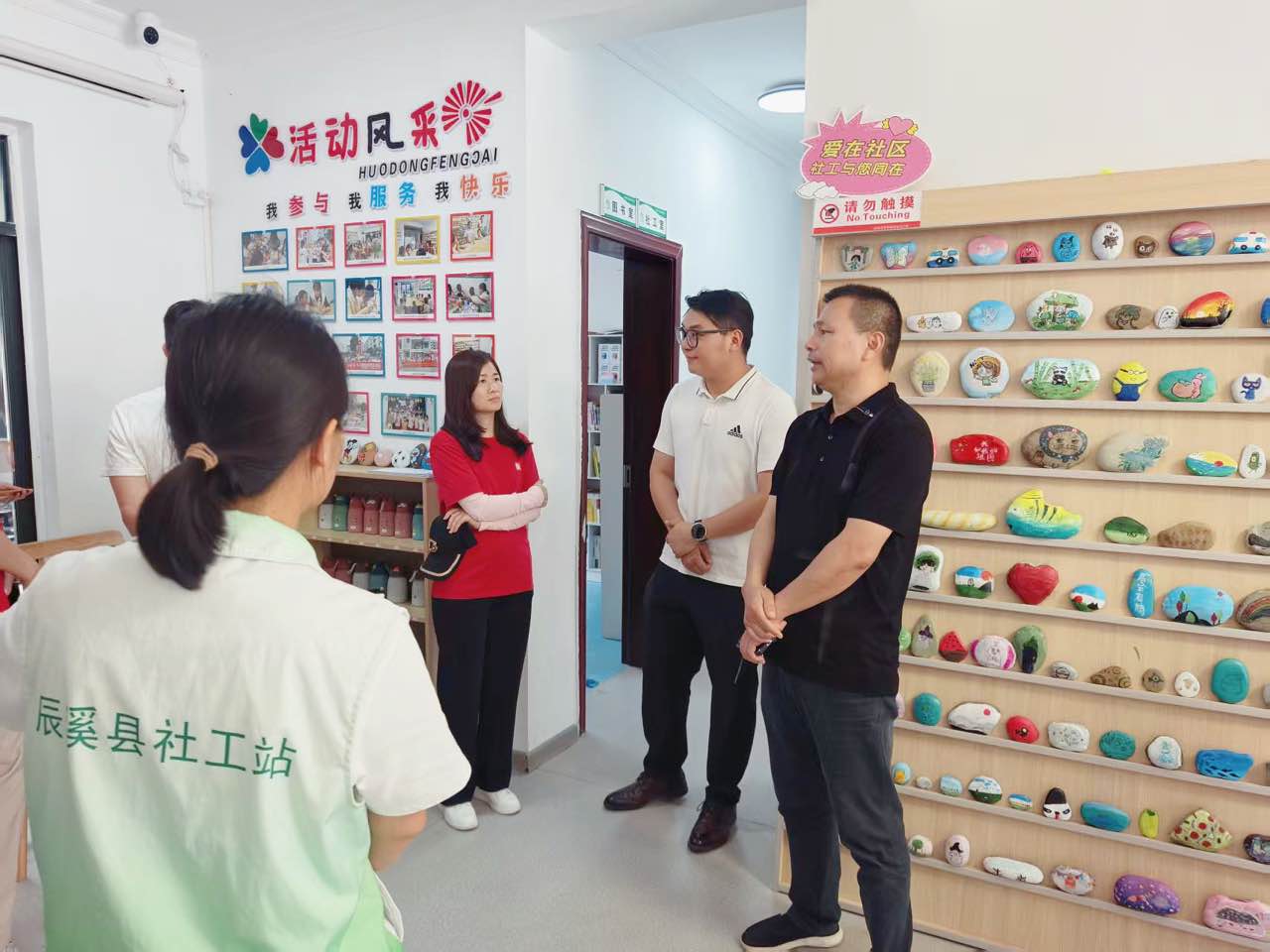
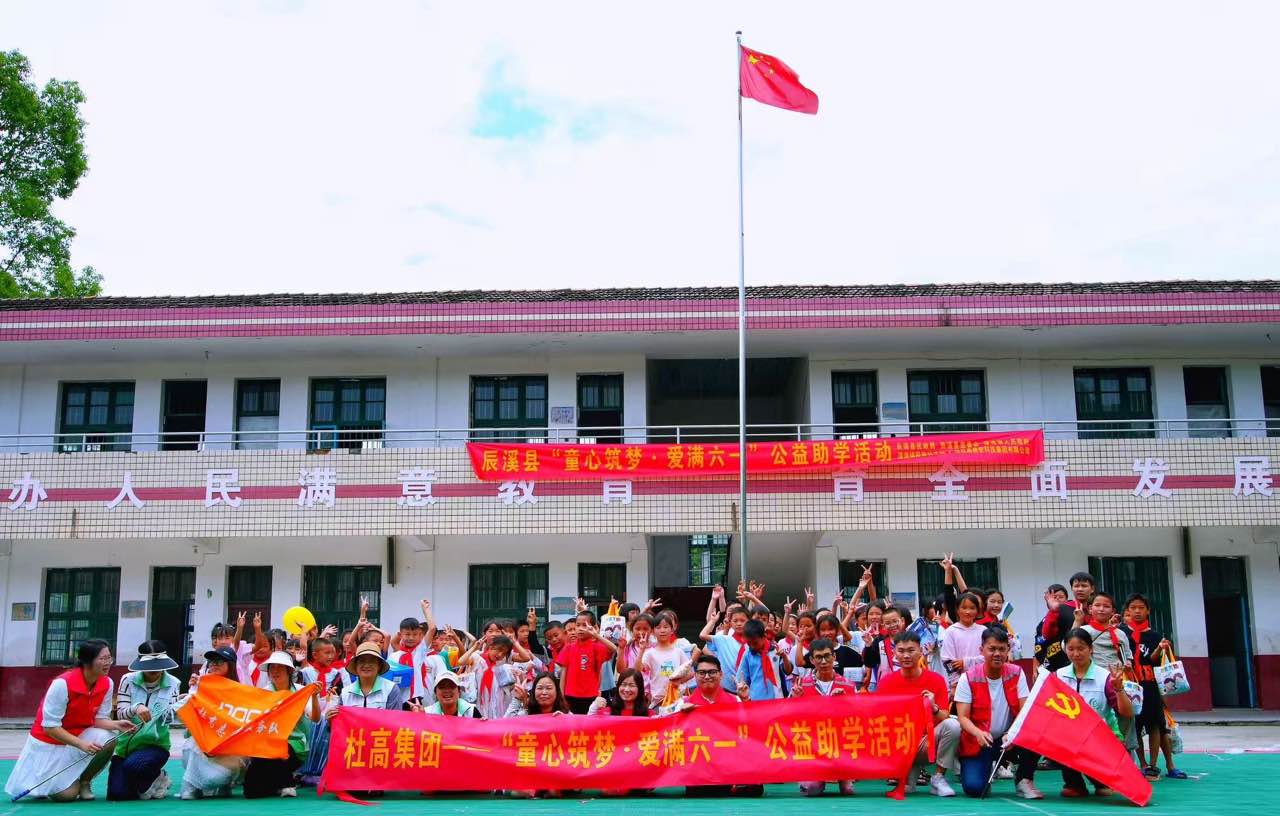
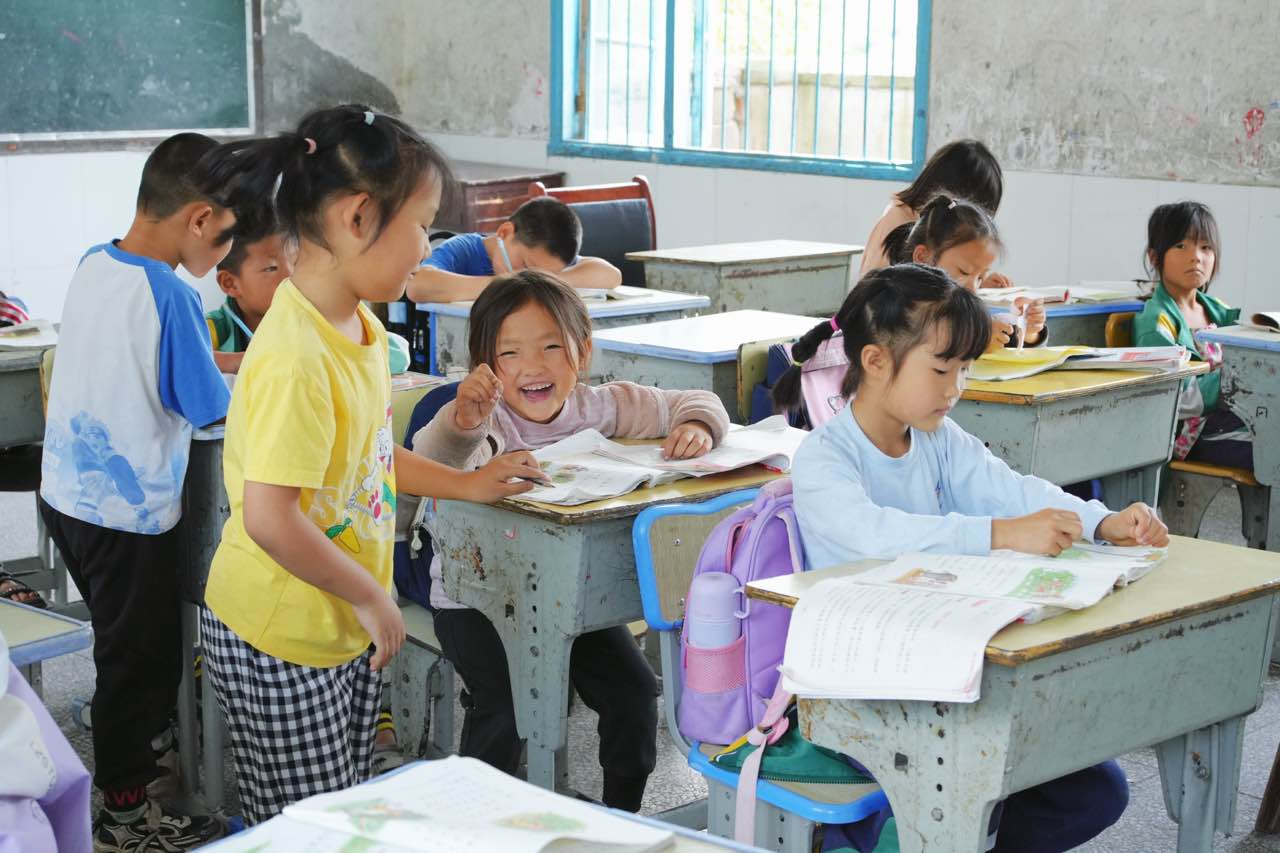
good company
回复删除